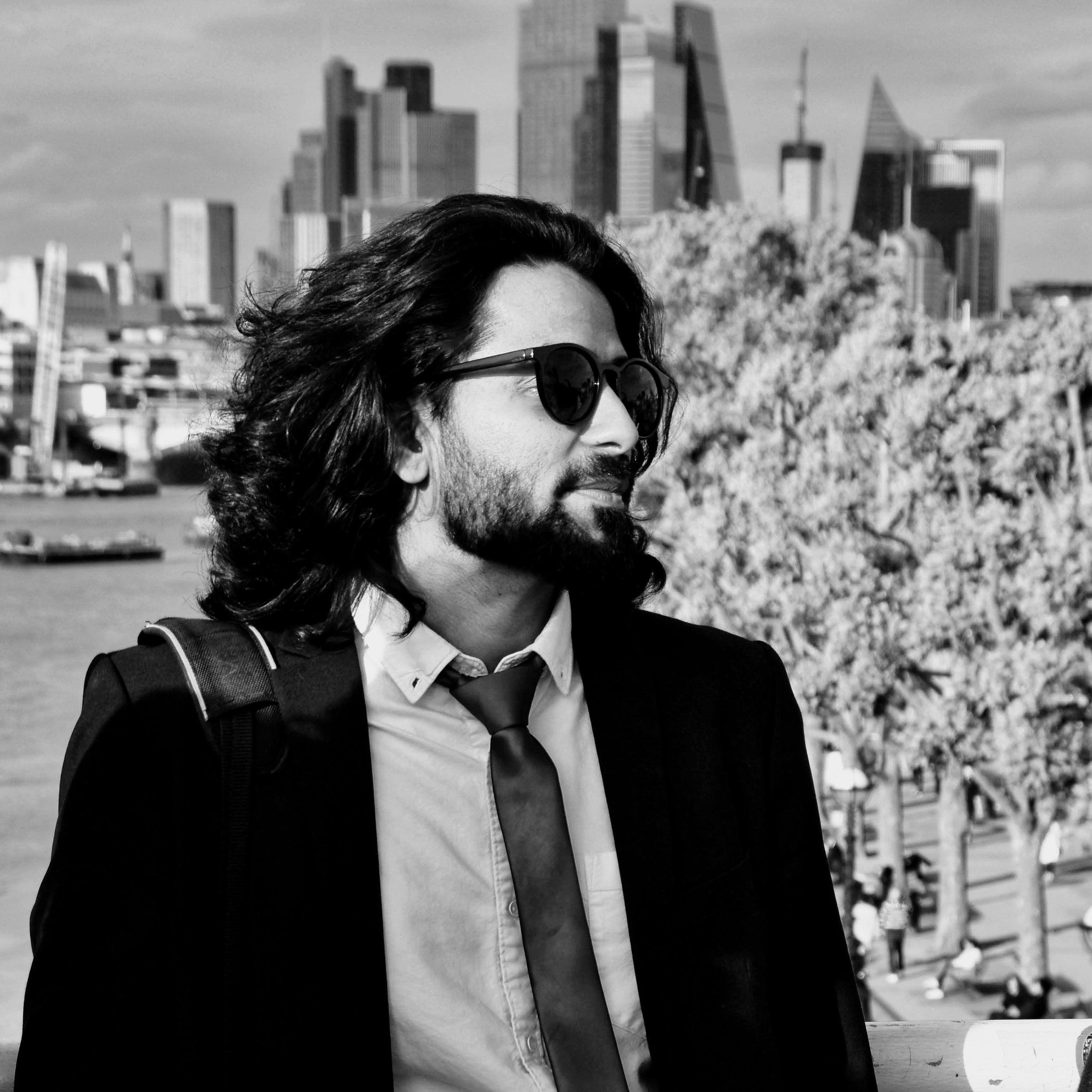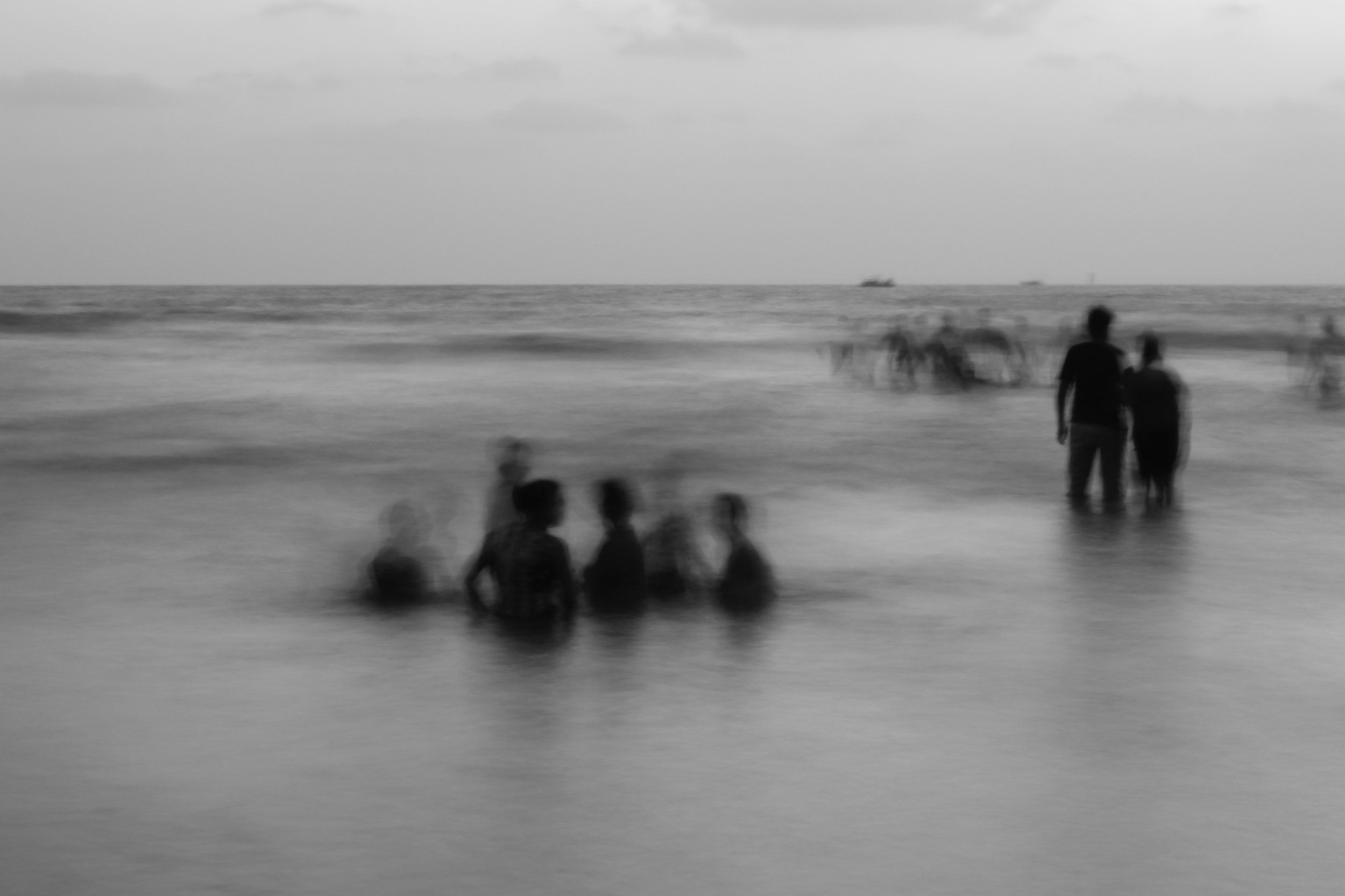Neehith Mamidi: Capturing the Quiet Stories We Often Miss
About Neehith Mamidi
Neehith Mamidi’s photography invites you into quiet, in-between moments the spaces where stories often go unnoticed. Since 2015, this Indian photographer has been turning his lens toward the ephemeral, capturing fragments of life that speak volumes in silence. His work doesn’t just document; it reflects, questions, and lingers.
Rooted deeply in visual storytelling, Neehith’s images oscillate between color and monochrome, between unease and simplicity. What connects them is a deep sensitivity to the emotional undercurrents of the everyday. Whether it’s a fleeting glance, a shadowy reflection, or a still corner of a bustling street, he finds poetry in what most pass by.
Driven by a desire to see beyond the obvious, Neehith’s compositions often blur the lines between perception and reality. His camera becomes a tool for slowing down a way of re-examining the world from fresh, often unconventional angles. He captures people not in posed perfection, but in spontaneous, honest encounters that reveal something more intimate and human.
His thought-provoking work has been exhibited in galleries across India, New York, Tokyo, and Germany, drawing in diverse audiences who connect through a shared appreciation for narrative depth and visual nuance.
Ultimately, Neehith Mamidi’s photography is less about what is seen, and more about what is felt. He crafts visual moments that urge us to pause, notice, and engage more deeply with the layered stories of our world.
Can you tell us about your journey as an artist? How did it all begin?
My journey began in 2015, but my connection to photography started even earlier, when I found myself drawn to the way small, everyday moments held so much meaning. I didn’t set out to be a photographer in the traditional sense it happened gradually, through observation and emotion. I became fascinated by the subtle stories found in ordinary life, and photography gave me a way to express what I often couldn’t put into words. Over time, it evolved into a quiet, personal practice that has now become the core of how I see and move through the world.
What materials or techniques do you most enjoy working with and why?
I primarily work with digital photography, often switching between black-and-white and color depending on the tone of the story I want to tell. I enjoy shooting in natural light and working with reflections, shadows, and stillness to bring emotional depth to a frame. My technique is more intuitive than technical I aim to capture what feels honest in the moment. Simplicity is very important to me. I try to keep compositions clean and uncluttered, so the viewer can connect directly with the subject and the emotion.
Are there any artists past or present who have had a significant impact on your work?
I’ve always admired photographers like Raghubir Singh for his storytelling in Indian street life, and Saul Leiter for the way he used color, reflection, and abstraction to transform the ordinary into something poetic. Their ability to see beauty in the everyday deeply resonates with my own approach. I’m also constantly inspired by quiet, lesser-known creators artists who document their lives or surroundings with sincerity and stillness.
How do you handle creative blocks or periods of self-doubt?
Creative blocks are part of the process, and I’ve come to accept them as moments for pause rather than resistance. When I’m in a low phase creatively, I go back to observing life without the pressure to capture it. I take slow walks, revisit old photographs, or spend time in places that feel familiar. These moments of silence often bring me back to what I care about most telling honest stories with simplicity and calm. Self-doubt never fully disappears, but I’ve learned to move with it instead of against it.
What are your long-term goals as an artist?
Long-term, I want to continue refining my visual language and exploring deeper stories within ordinary life. I’d like to publish a photo book, something tangible and timeless that holds a collection of moments and emotions. I also hope to collaborate across mediums, perhaps blending photography with writing or sound. Most of all, I want my work to reach people emotionally, to remind them to slow down and pay attention to the quieter parts of life.
How has the digital age and social media impacted your practice and reach as an artist?
Social media has been a powerful tool for sharing my work with a global audience. It’s allowed me to connect with other artists, curators, and viewers who resonate with my approach to photography. At the same time, I try to use it mindfully it’s easy to get caught up in numbers or trends. I remind myself that meaningful connection matters more than metrics. It’s a balance, but when used with intention, the digital age has definitely helped expand my reach and opened doors for exhibitions and collaborations.
What does success look like for you as an artist?
For me, success isn’t defined by fame or numbers. It’s about creating work that feels true, and having it reach people in a way that matters. If someone looks at one of my photographs and feels seen, moved, or reminded of a moment in their own life that’s success. It’s also about growth: continuing to learn, evolve, and remain connected to why I began this journey in the first place. Quiet impact is what I strive for.




